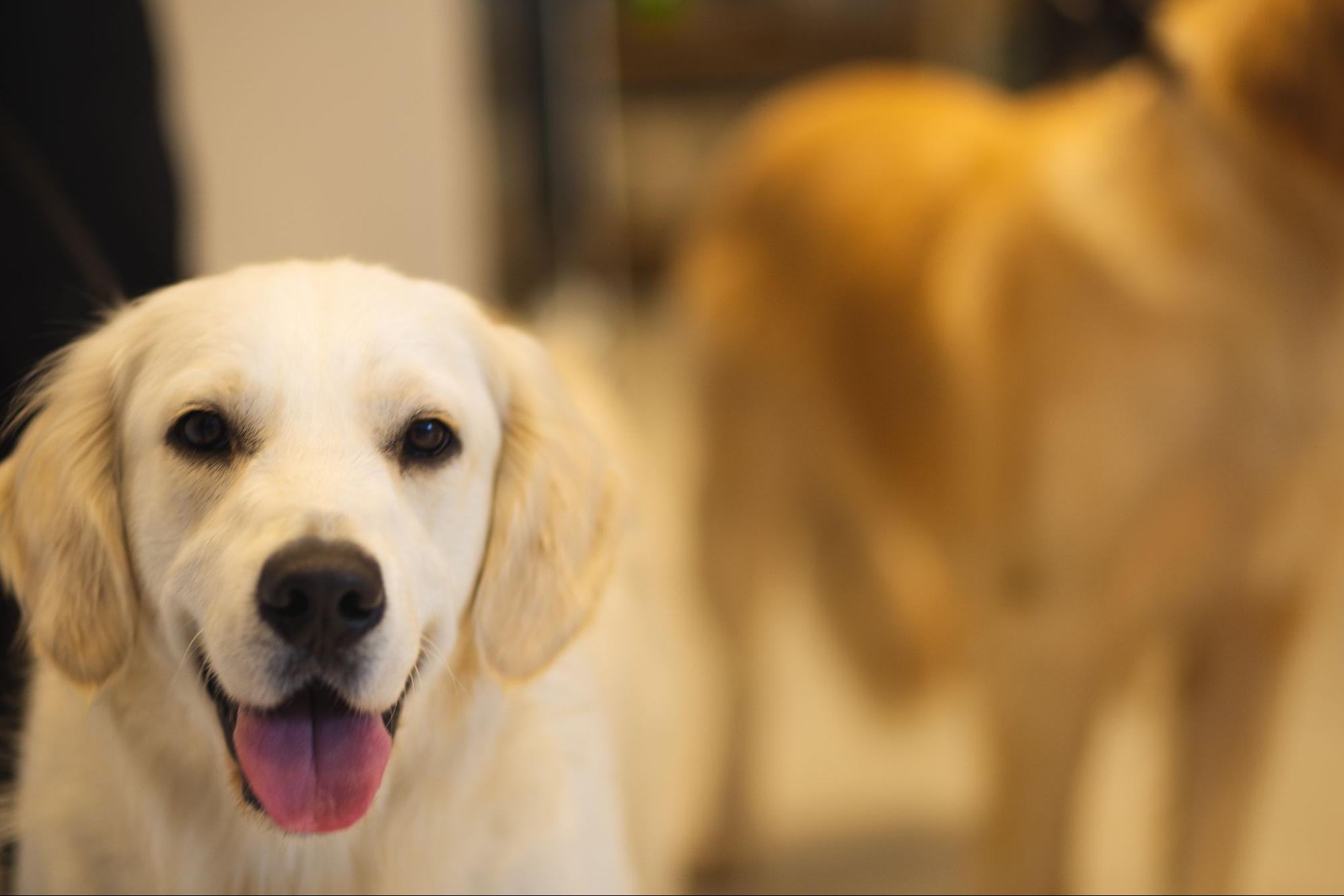How to Kennel Train a Puppy at Night
Bringing a Labrador puppy into your home is an exciting time filled with joy, new experiences, and of course, some challenges. One crucial aspect you’ll likely face is kennel training your pup – and trust me, it’s not always as simple as it seems. But don’t fret; I’m here to help guide you through the process of finding the best way to kennel train your Labrador.
As night falls and everyone in the house begins to wind down for bed, dealing with a restless or anxious puppy can be quite stressful. I’ve been there too! Understanding how to kennel train a puppy at night effectively will save you many sleepless nights and ensure that your furry friend feels safe and comfortable in their new surroundings.
Consistency, patience, and understanding are key when it comes to successful kennel training. It’s about creating a positive association between the puppy and its kennel while setting up clear boundaries right from the start. In this article, we’ll delve into proven strategies that have worked wonders for countless Labradors (and their owners!). So buckle up – let’s get started on this rewarding journey together.
Understanding the Importance of Kennel Training
Let’s face it, we all love our Labrador puppies. They’re adorable, playful and they’ve got a knack for tugging at our heartstrings. But when night falls, it’s often a struggle to get them settled in their kennels. This is where understanding the importance of kennel training comes into play.
You see, kennel training your Lab isn’t just about getting a good night’s sleep. It goes beyond that; it plays an integral role in molding a well-behaved pup. A properly crate trained Labrador feels secure in their own space and learns important lessons about boundaries and behavior.
But why is this so significant? There are several reasons:
- Safety: Kennels provide a safe haven for your puppy. They keep them away from potential hazards when you can’t supervise them.
- Housebreaking: Puppies naturally don’t want to soil their sleeping area. Using a kennel aids in housebreaking as it taps into this instinct.
- Travel: If you ever need to travel with your pet, having them comfortable in a crate makes journeys less stressful for both of you.
For those who are still skeptical, let me share some data that might make you reconsider:
| Benefits | Percentage of dog owners reporting improvement |
| Improved behavior | 85% |
| Easier vet visits | 70% |
| Better travel experience | 75% |
These statistics aren’t just numbers – they represent real experiences from dog owners who’ve found that the best way to train their Labrador was through effective kenneling at night.
Now, I’m not saying kennel training is easy-peasy – quite the opposite actually! It requires patience and consistency but trust me on this one – the payoff is worth every bit of effort put into it. So as we delve deeper into how to effectively accomplish this feat in later sections, remember why we’re doing it – for the love of our Labs and their well-being.

Choosing the Right Kennel for Your Labrador
Choosing the right kennel is a crucial first step to mastering how to kennel train your Labrador puppy at night. I can’t stress enough how important it’s for your pup’s comfort and safety. After all, this will be his little sanctuary where he’ll spend a significant amount of time, especially during those initial training nights.
Now, Labradors aren’t one-size-fits-all – they come in different sizes and so should their kennels. Typically, a fully grown male Labrador will reach up to 24 inches in height and about 22 inches in length (not considering the tail). Females tend to be slightly smaller but still need ample room. So, consider these numbers when shopping around.
Here are some features you should look out for:
- Size: Look for a kennel that’s big enough for your lab to stand up, turn around and stretch out comfortably but not too large that it loses its cozy feel. You might want to opt for an adjustable or “grow-with-me” type of crate if you’re starting with a young puppy.
- Material: Wire crates provide good ventilation and allow puppies to see their surroundings which can help them feel less isolated during the night.
- Door Placement: Ideally, choose a crate with multiple doors as it offers more flexibility on where you place it within your home.
- Ease of cleaning: Look for crates that have removable trays or bottoms; trust me on this one – accidents will happen!
Remember that choosing the right kennel is just part of figuring out the best way to kennel train your Labrador puppy at night. It’s essential but it’ll take more than just buying equipment – patience, consistency and lots of love are key here!